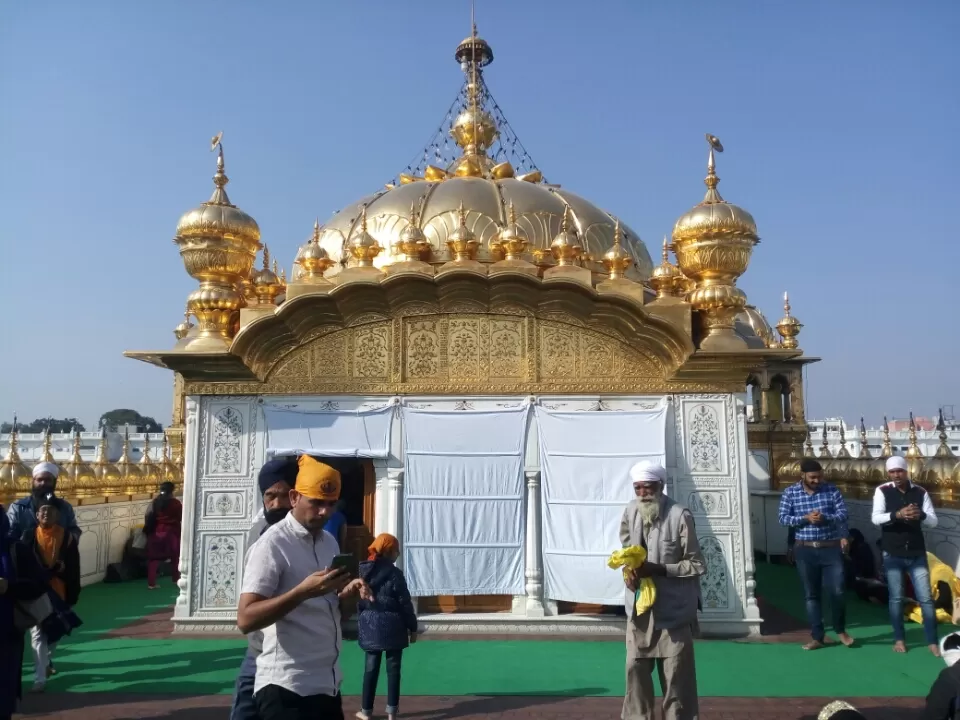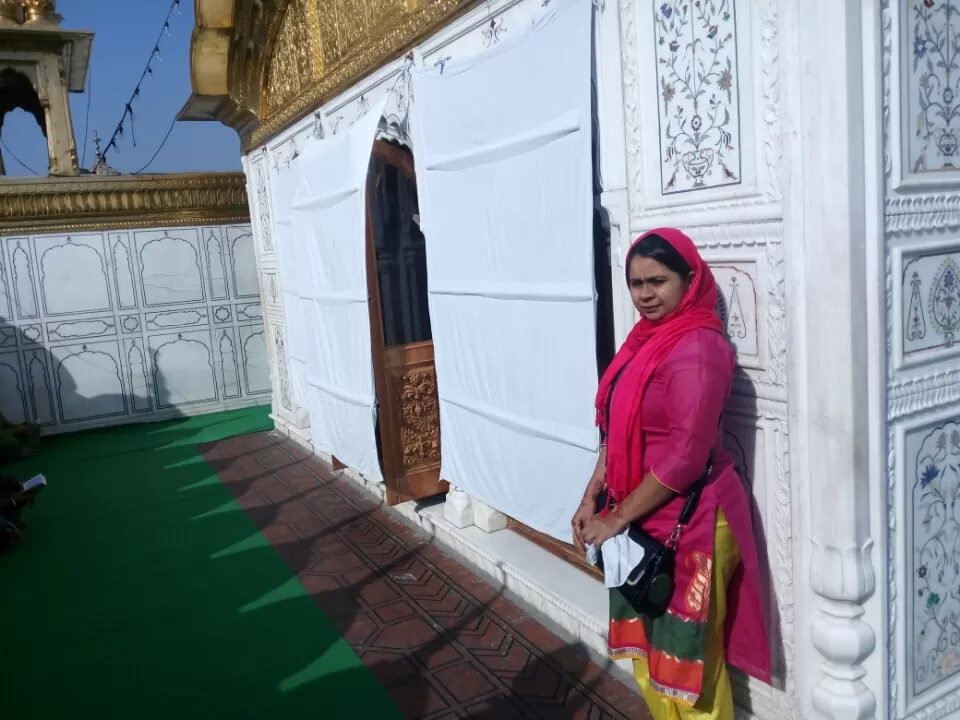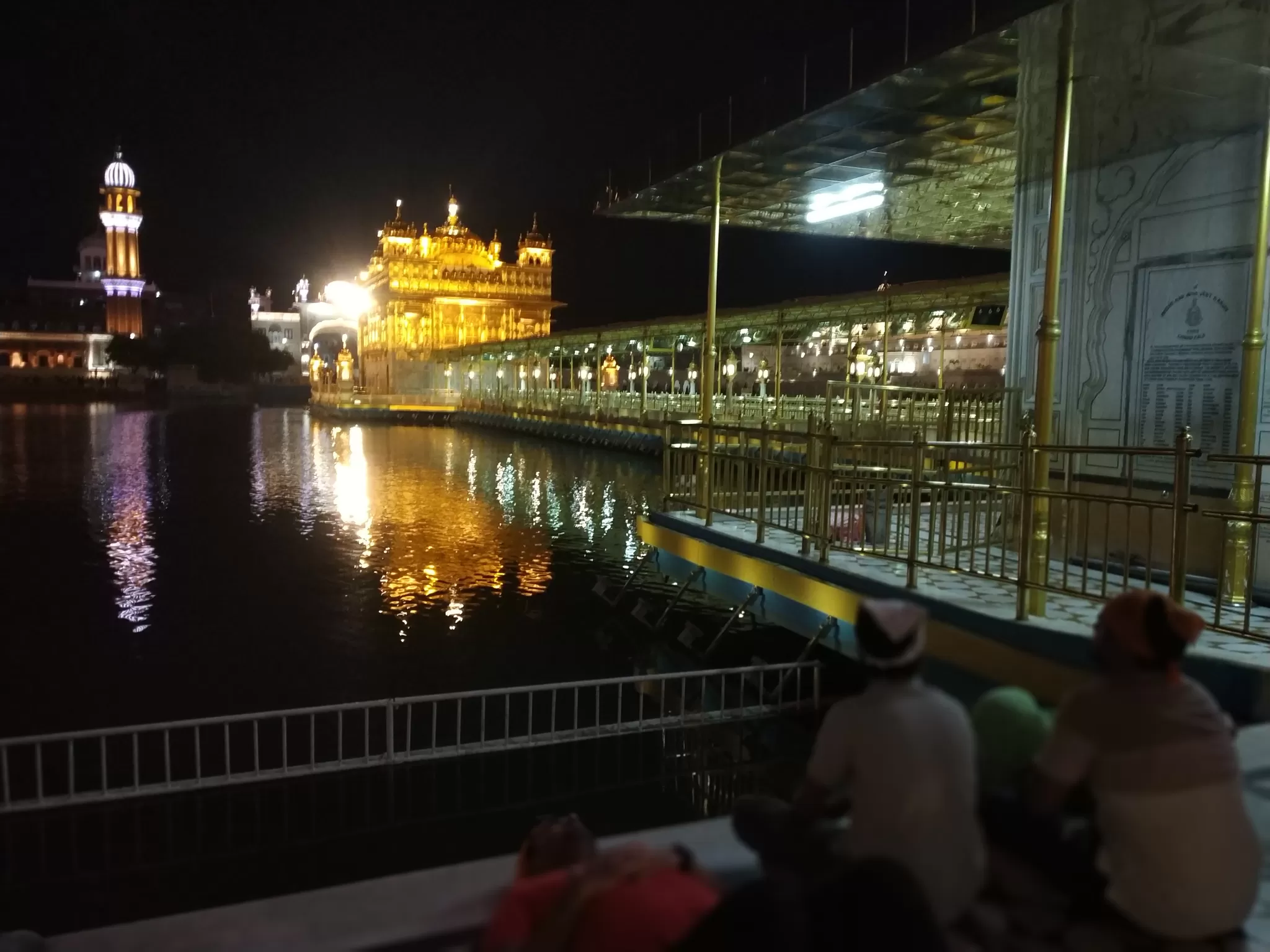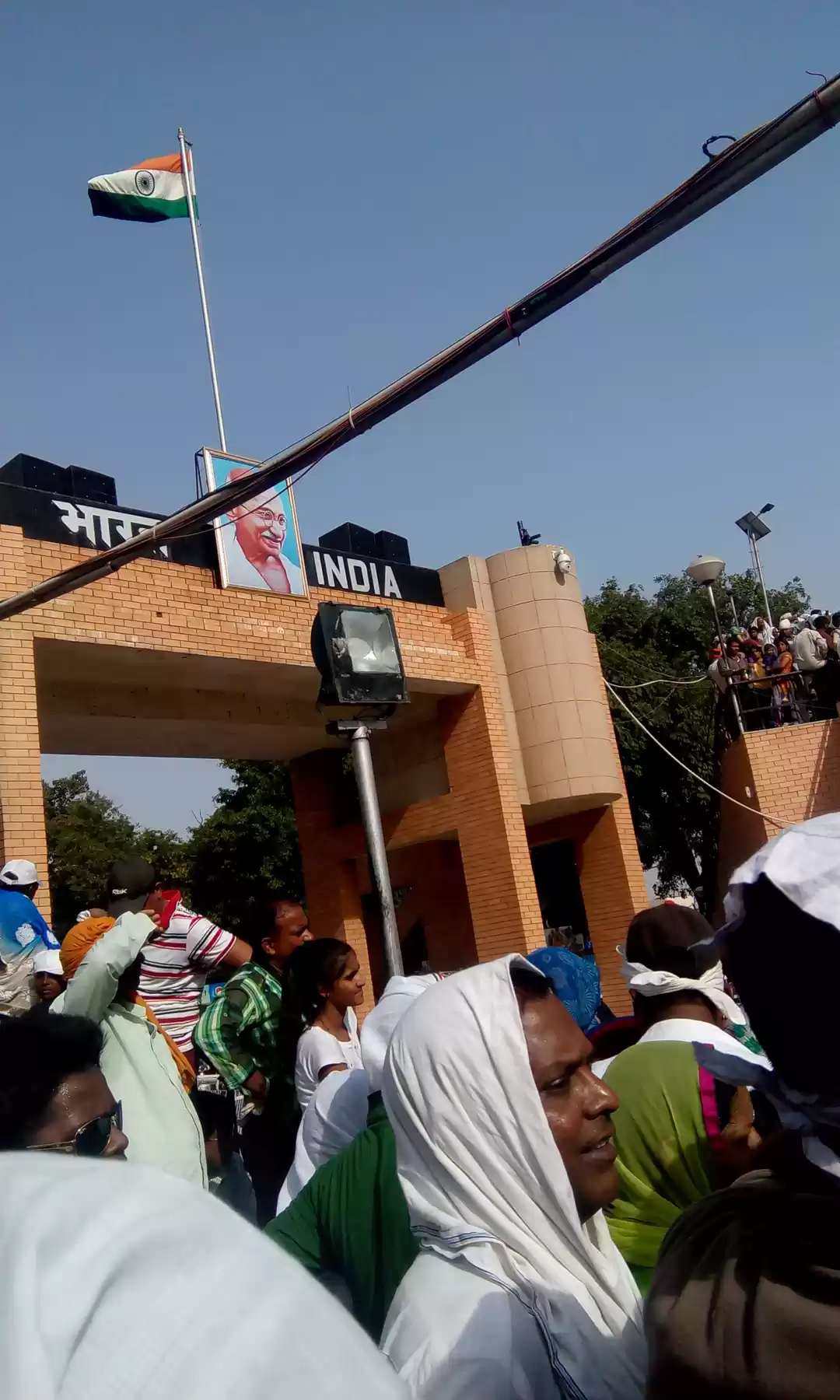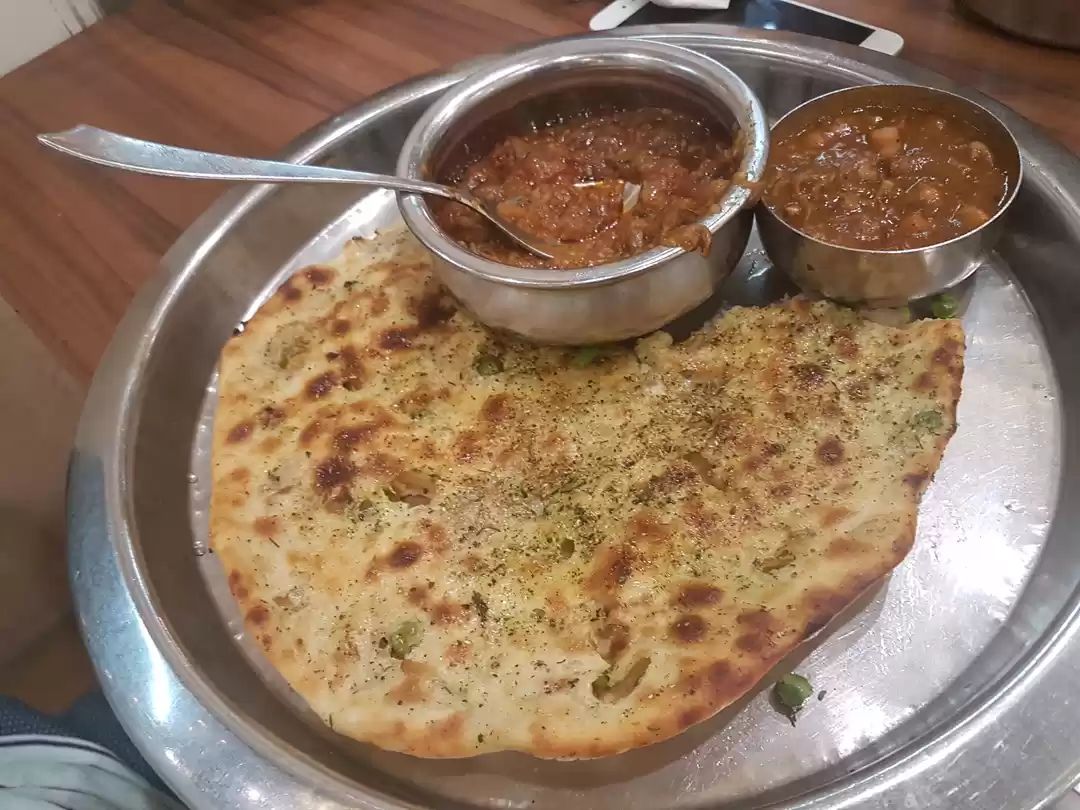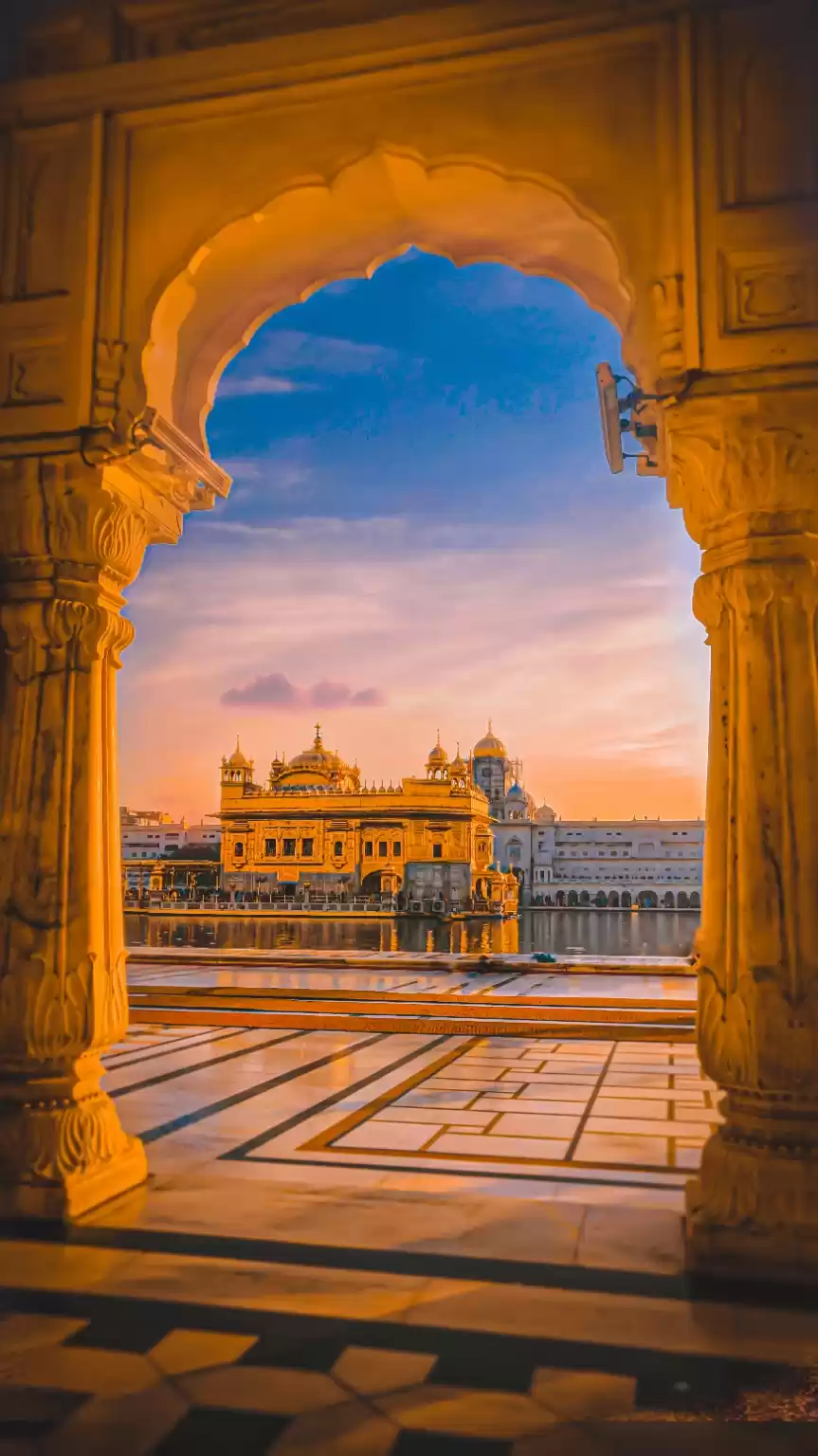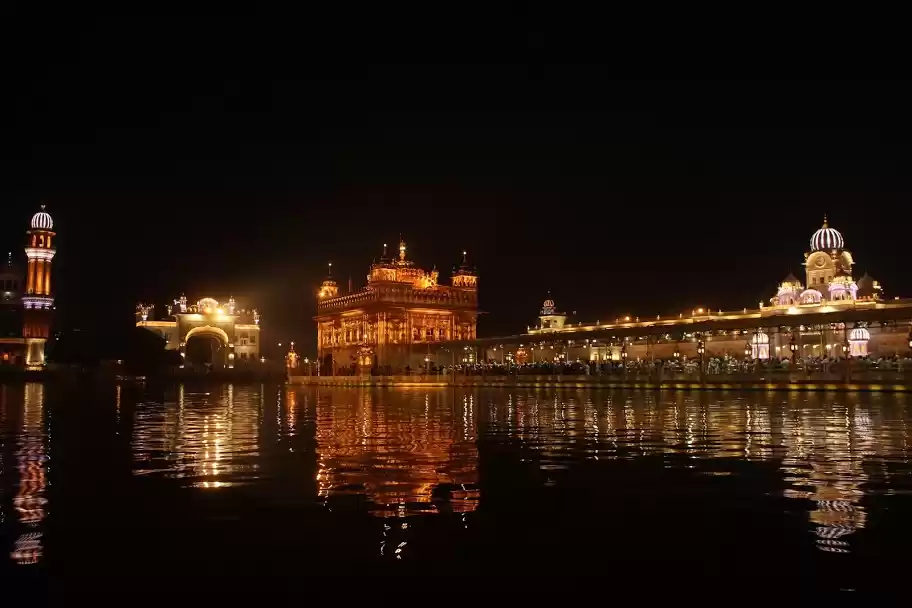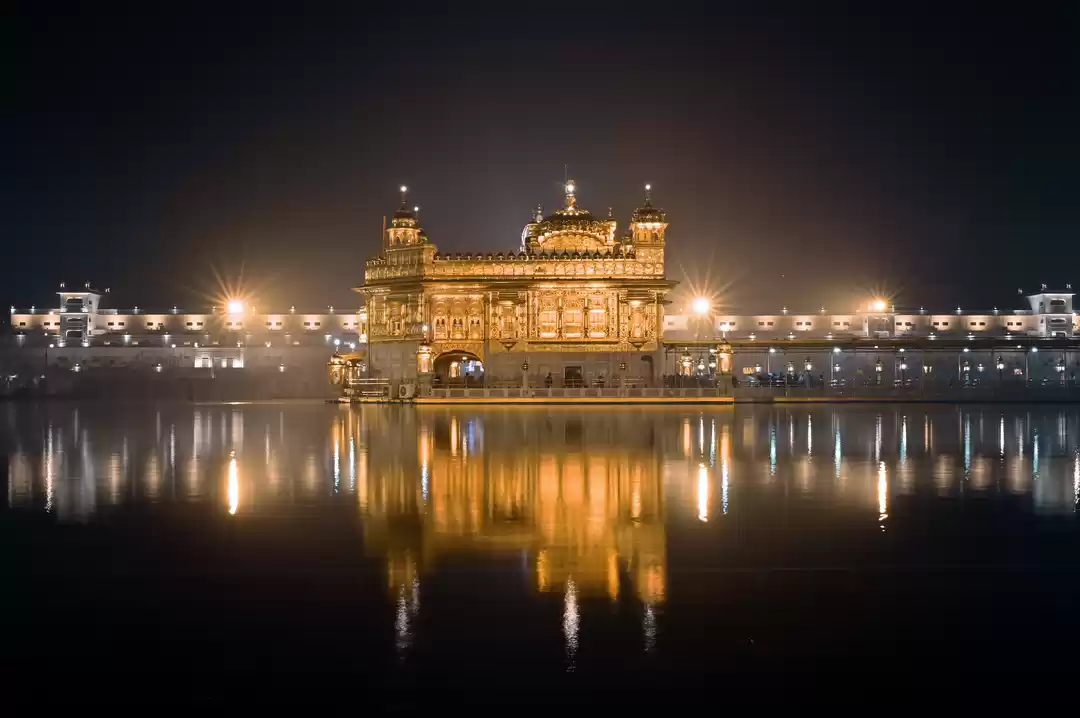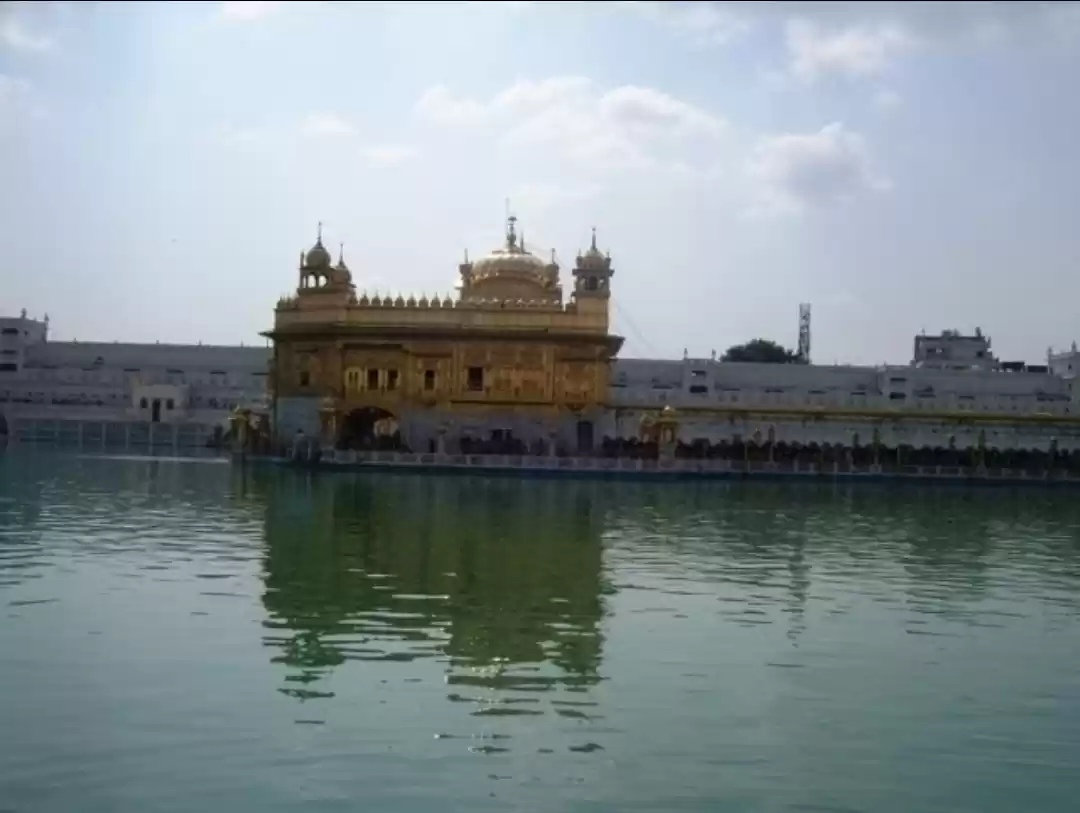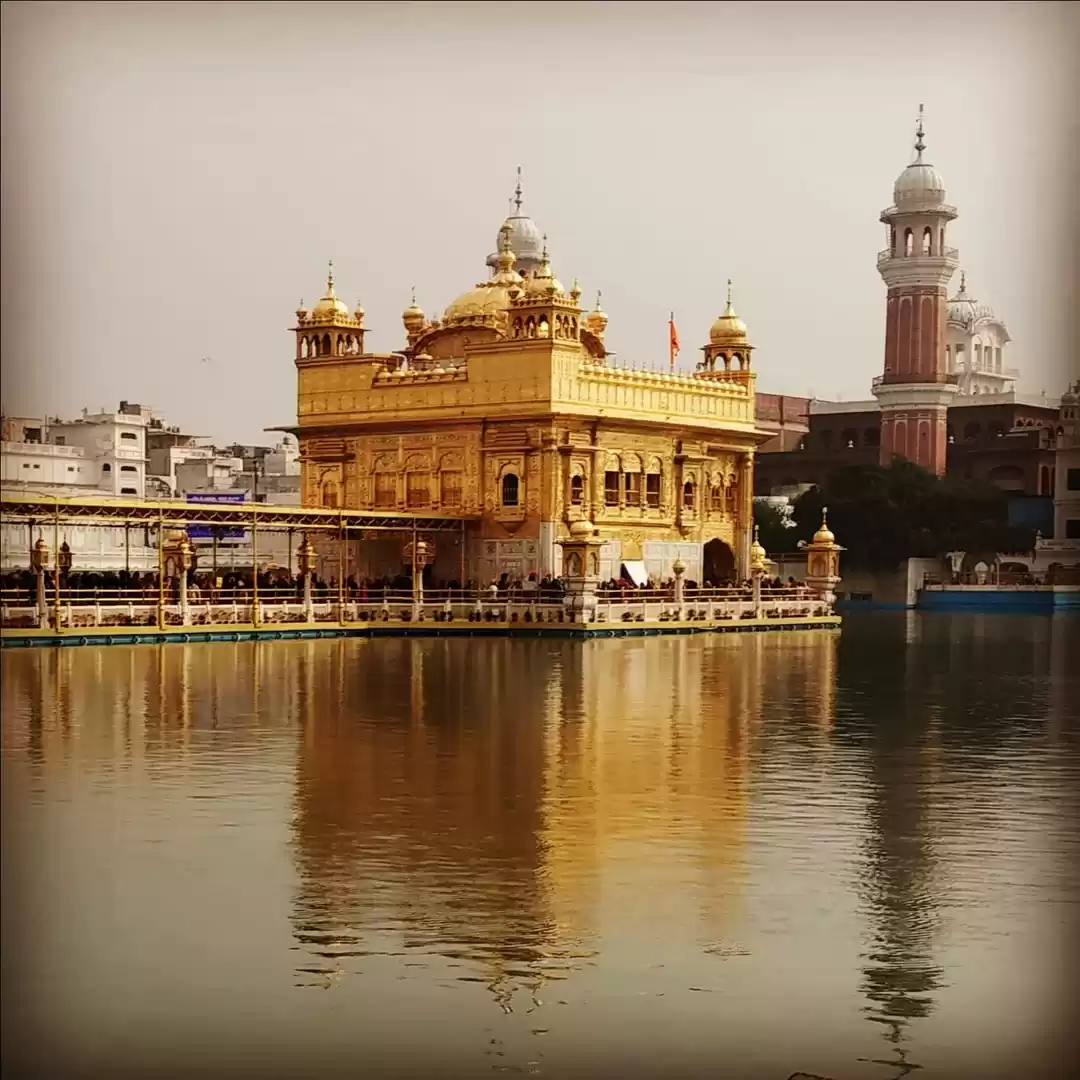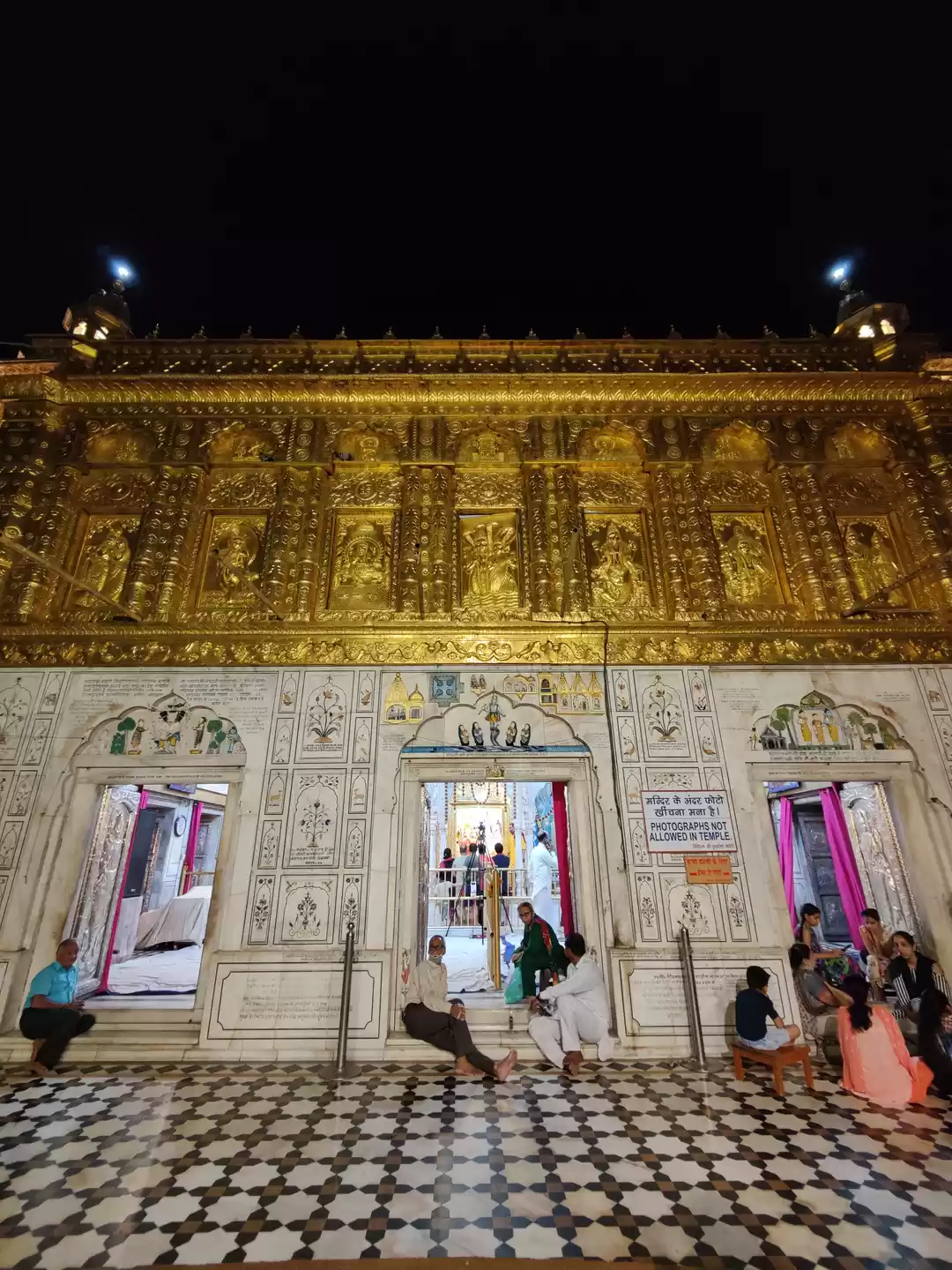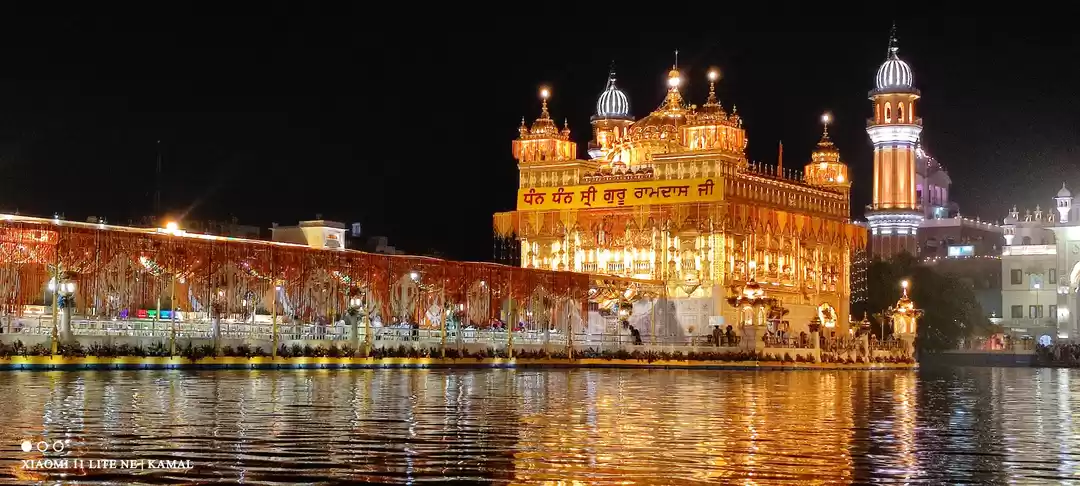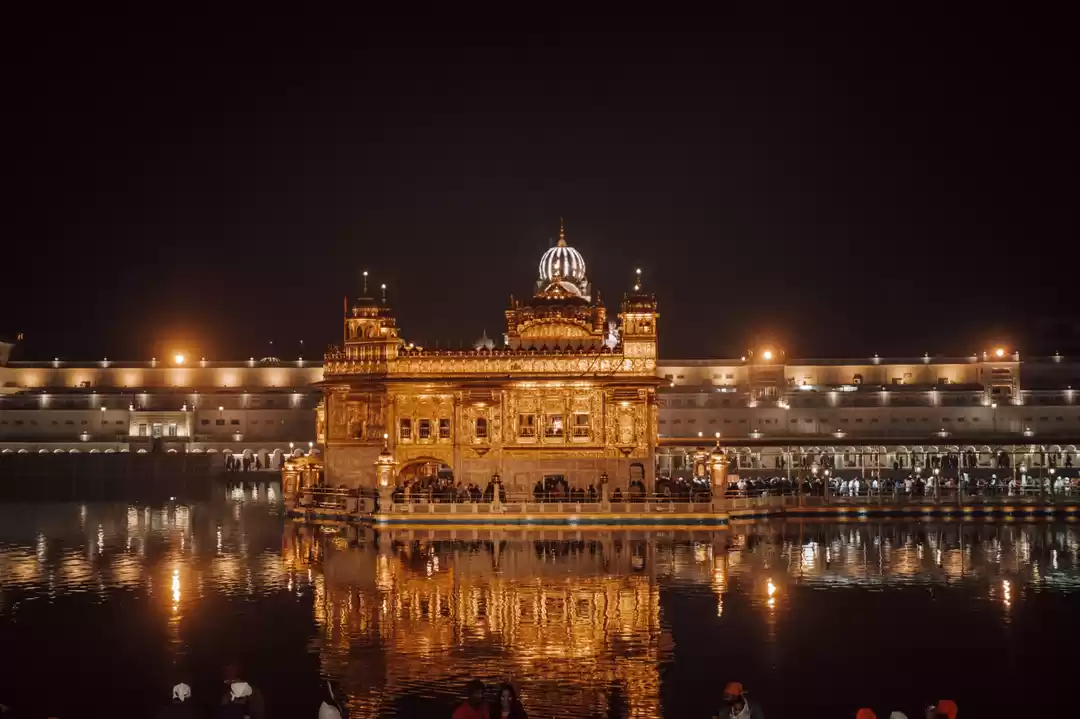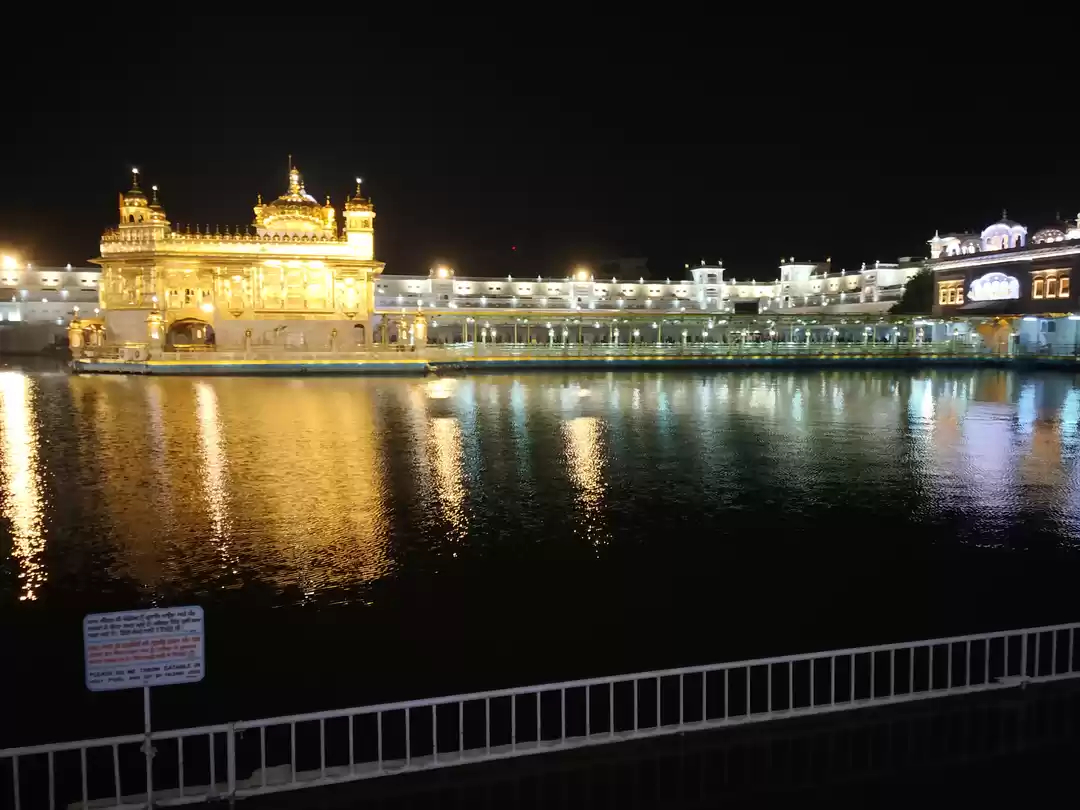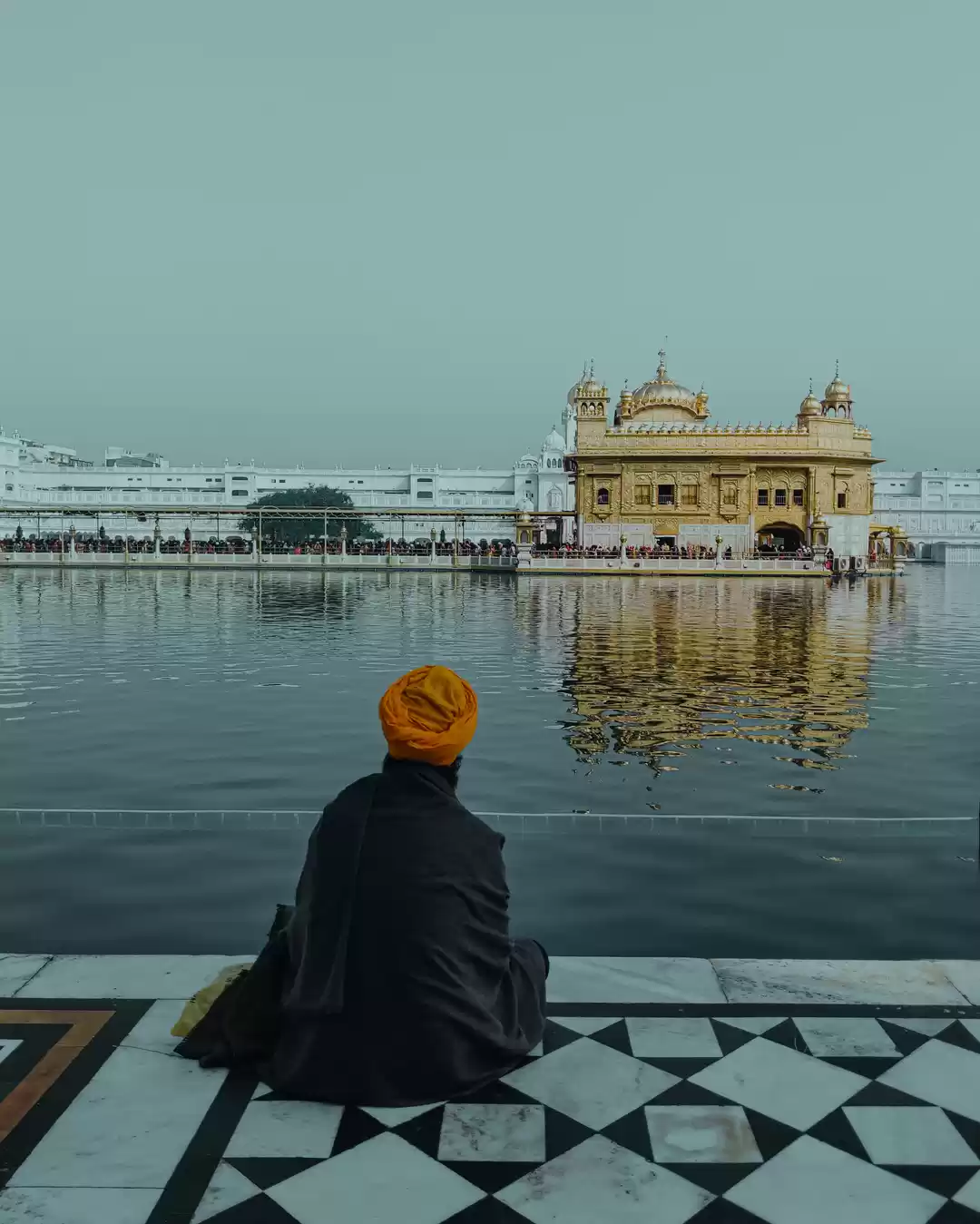The Golden Temple, also known as Harmandir Sahib, is the holiest and most revered place of worship for Sikhs and people of all faiths. Located in the city of Amritsar in Punjab, India, the Golden Temple is a stunning and sacred site that attracts millions of visitors every year.
In this article, we will explore the history, architecture, ceremonies, and attractions of the Golden Temple and provide you with practical information and tips on how to visit this amazing place.
History of the Golden Temple
The Golden Temple was built by the fifth Sikh Guru, Guru Arjan Dev, in the 16th century. He wanted to create a place where people of all religions and backgrounds could come together and worship God. He also installed the Guru Granth Sahib, the Sikh scripture, in the sanctum of the temple and declared it as the eternal Guru of Sikhs.
The Golden Temple has witnessed many turbulent events in its history. It was attacked and destroyed by the Mughal and Afghan invaders several times. It was restored and beautified by Maharaja Ranjit Singh, the founder of the Sikh Empire, in the 19th century. He covered the dome and walls of the temple with gold, giving it its name and appearance. He also donated a lot of jewels and precious stones to adorn the temple.
The Golden Temple also suffered a tragic damage in 1984, when the Indian Army launched Operation Blue Star to flush out some Sikh militants who had taken refuge in the temple complex. The operation resulted in a heavy loss of life and property and damaged many parts of the temple. The temple was repaired and renovated by the Sikh community with the help of donations from around the world.
The Golden Temple is not only a historical monument but also a living testimony of the Sikh faith and spirit. It symbolizes the resilience and courage of Sikhs who have faced many hardships and challenges in their history.
Architecture of the Golden Temple
The Golden Temple complex consists of several buildings and structures that are spread over an area of 15 acres. The main features and attractions of the complex are:
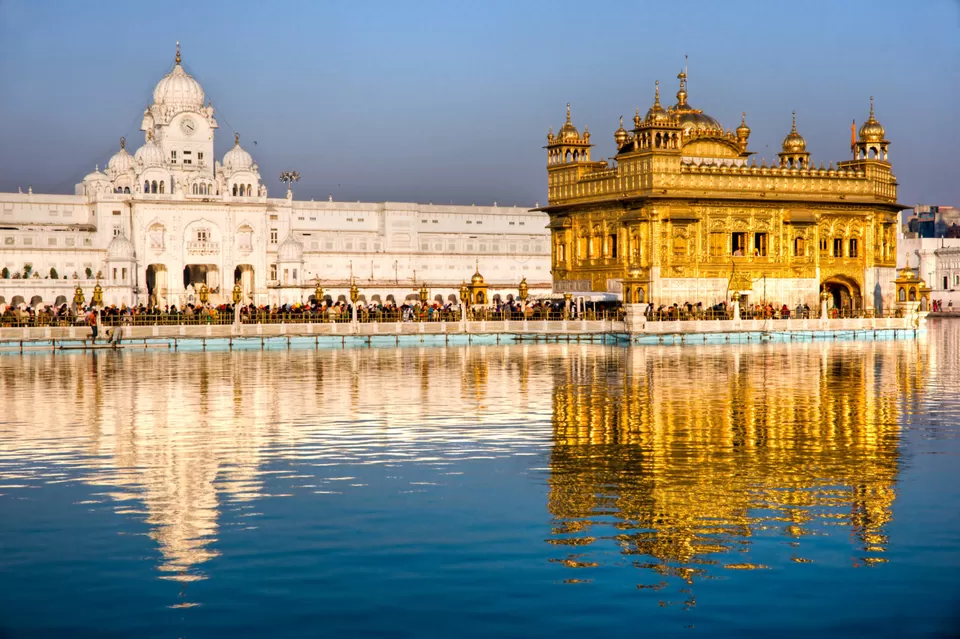
The Four Entrances: The Golden Temple has four entrances on each side, which signify that it is open to people of all directions, religions, castes, and genders. The entrances lead to a walkway that surrounds the pool.
The Pool: The pool, also known as Sarovar or Amrit Sarovar, is a large water body that surrounds the temple. It is filled with holy water that is believed to have healing powers. Many devotees take a dip in the pool before entering the temple. The pool also contains many fish that are considered sacred.
The Sanctum: The sanctum, also known as Darbar Sahib or Harmandir Sahib, is the main attraction of the complex. It is a two-storey building that stands on a marble platform in the middle of the pool. It is connected to the walkway by a bridge called Guru’s Bridge. The sanctum is covered with gold and decorated with floral patterns and verses from the Guru Granth Sahib. The sanctum contains the Guru Granth Sahib on a throne under a canopy. The sanctum is also adorned with many chandeliers and lamps that create a mesmerizing effect at night.
The Akal Takht: The Akal Takht, which means the Throne of the Timeless One, is a building opposite to the sanctum. It is one of the five seats of temporal authority of Sikhs. It was built by the sixth Sikh Guru, Guru Hargobind, in 1606. He used to hold court here and resolve disputes among Sikhs. The Akal Takht also houses many weapons and relics that belong to various Sikh Gurus and warriors.
The Museum: The museum, also known as Central Sikh Museum, is located on the first floor of the clock tower building near the main entrance. It displays paintings, photographs, manuscripts, coins, stamps, and other artifacts related to Sikh history and culture.
The Langar: The langar, or the community kitchen, is one of the most remarkable features of the Golden Temple complex. It serves free vegetarian meals to all visitors regardless of their religion or status. It operates 24 hours a day and feeds up to 100,000 people daily. It is run by volunteers who cook, serve, clean, and manage the langar with devotion and humility.
Ceremonies at the Golden Temple
The Golden Temple complex follows a daily routine of ceremonies and rituals that are performed with utmost reverence and devotion. Some of these ceremonies are:
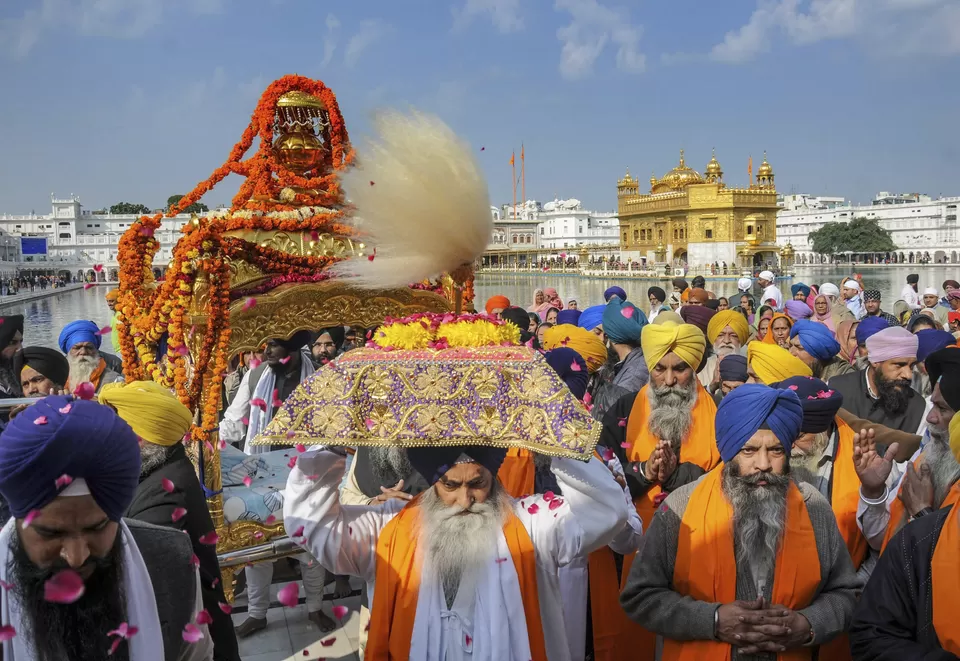
Kirtan:
Kirtan is devotional singing that takes place throughout the day at various locations in the complex. The main kirtan is performed by professional singers called ragis at the sanctum from 2:30 am to 10 pm. They sing hymns from the Guru Granth Sahib in classical ragas or musical modes. The kirtan is accompanied by musical instruments such as harmonium, tabla, and rabab. The kirtan is broadcasted live on radio and television channels and can be heard all over the complex.
Hukamnama:
Hukamnama is the divine order or command that is taken from the Guru Granth Sahib every morning and evening at the sanctum. A random page of the scripture is opened and read aloud by a priest. The hukamnama is considered as the guidance and blessing of the Guru for the day. It is also displayed on a board outside the sanctum and published on various websites and newspapers.

Palki Sahib:
Palki Sahib is the palanquin procession that takes place twice a day at the complex. It involves carrying the Guru Granth Sahib on a golden palanquin from the sanctum to the Akal Takht and back. The procession is accompanied by chanting, drumming, and waving of flags. The procession starts at 4:45 am from the Akal Takht and reaches the sanctum at 5 am. It starts again at 9:45 pm from the sanctum and reaches the Akal Takht at 10 pm.
Sukh-Asan Sahib:
Sukh-Asan Sahib is the resting ceremony that takes place at the end of each day at the Akal Takht. It involves putting the Guru Granth Sahib to sleep on a bed under a canopy. The bed is covered with silk sheets and pillows and surrounded by flowers and incense. The ceremony is performed by a priest who recites prayers and hymns before closing the doors of the Akal Takht.
Visiting the Golden Temple
The Golden Temple complex is open to visitors of all faiths and backgrounds. However, there are some rules and etiquette that need to be followed while visiting this sacred place. Here are some tips and advice on how to visit the Golden Temple in a respectful and enjoyable way:
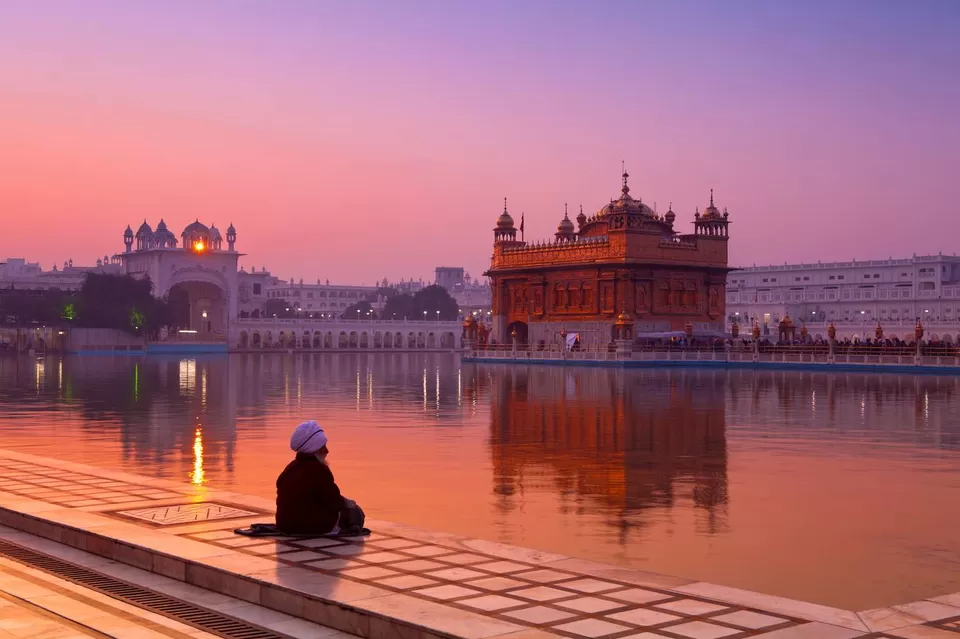
Opening Hours:
The Golden Temple complex is open 24 hours a day, seven days a week. However, the best time to visit is early morning or evening when the ceremonies take place and the temple looks more beautiful with lights.
Admission Fees:
There is no admission fee for visiting the Golden Temple complex. However, donations are welcome and can be made at various counters or boxes in the complex.
Dress Code:
Visitors are required to cover their heads with a scarf, cap, or bandana while entering the complex. They are also required to remove their shoes and socks and wash their feet in a small pool near the entrance. They are advised to wear modest and comfortable clothes that cover their legs and arms.
Etiquette:
Visitors are expected to behave in a respectful and courteous manner while visiting the complex. They should not smoke, drink, eat, or chew gum in the complex. They should not take photographs or videos inside the sanctum or disturb the worshippers or singers. They should not touch or sit on the Guru Granth Sahib or its throne. They should walk clockwise around the pool and bow their heads before entering or leaving the sanctum.
Accessibility:
The Golden Temple complex is accessible for people with disabilities and special needs. There are ramps, elevators, wheelchairs, and golf carts available for them. There are also special counters and facilities for them at the langar.
How to Get to the Golden Temple
The Golden Temple complex is located in the heart of Amritsar city in Punjab, India. It can be reached by various modes of transport, such as:
Train:
Amritsar has a railway station that connects it with major cities in India, such as Delhi, Mumbai, Kolkata, etc. The railway station is about 2 km away from the Golden Temple complex and can be reached by auto-rickshaw, cycle-rickshaw, taxi, or bus.
Bus:
Amritsar has a bus stand that connects it with nearby cities in Punjab, such as Chandigarh, Ludhiana, Jalandhar, etc. The bus stand is about 3 km away from the Golden Temple complex and can be reached by auto-rickshaw, cycle-rickshaw, taxi, or bus.
Taxi:
Amritsar has a taxi service that connects it with other cities in India, such as Delhi, Jaipur, Agra, etc. The taxi service can be booked online or through phone or app. The taxi can drop you near the main entrance of the Golden Temple complex.
Rickshaw:
Amritsar has a rickshaw service that connects it with various places within the city, such as Jallianwala Bagh, Partition Museum, Wagah Border, etc. The rickshaw can drop you near the main entrance of the Golden Temple complex.
Where to Stay in Amritsar
Amritsar has a variety of options for accommodation for visitors of all budgets and preferences. Here are some suggestions on where to stay in Amritsar near the Golden Temple complex:

Fortune Inn Heritage Walk Amritsar:
Located just 600 metres from the famous and holy Golden Temple, Fortune Inn Heritage Walk Amritsar operates a 24-hour front desk to assist guests at all hours. The hotel is 210 metres from the historic Jallianwala Bagh and 30 km from Wagah Border. The Amritsar Junction Railway Station is 3 km away while the Sri Guru Ram Dass Jee International Airport is 13 km away.
The in-house restaurant serves Indian, Chinese and continental delicacies. Room service can be requested for in-room dining comforts. The room rates start from ₹6,500 per night.
To book a stay at this hotel click here.
Sarai Guru Ram Das:
This is a guesthouse that is run by the Golden Temple management. It offers simple and basic rooms with attached bathrooms for visitors who want to stay close to the temple. It also provides free meals at the langar and free parking. The room rates start from ₹350 per night.
Bloom Hotel - Heritage Walk:
Featuring 3-star accommodation, Bloom Hotel - Heritage Walk is located in Amritsar, 600 metres from Golden Temple and 300 metres from Jallianwala Bagh. The property is around 2.4 km from Amritsar Junction Railway Station, 2.4 km from Gobindgarh Fort and 11 km from Punjab State War Heroes' Memorial & Museum. The room rates start from ₹3,000 per night.
To book a stay at this hotel click here.
What to Eat in Amritsar
Amritsar is famous for its delicious and spicy cuisine that reflects its rich culture and history. Some of the must-try dishes and places are:
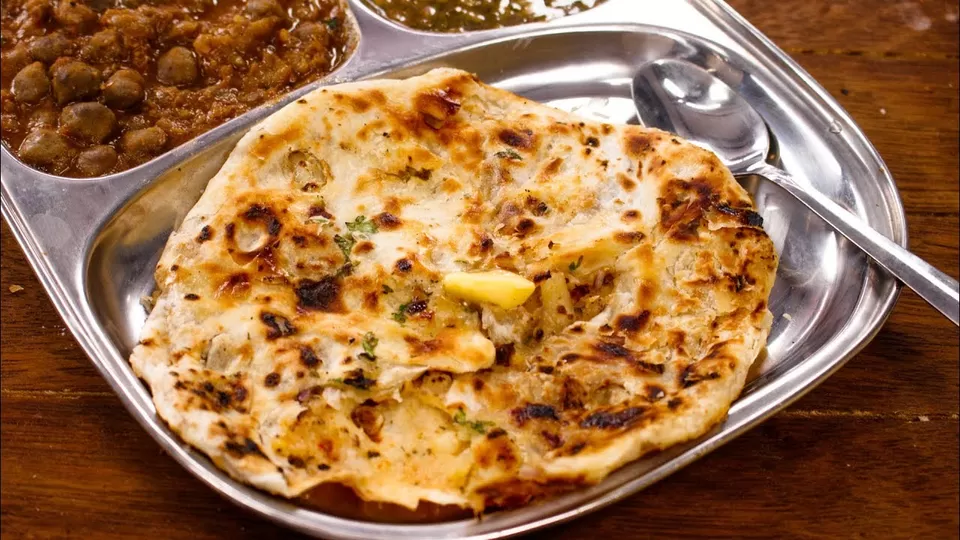
Amritsari Kulcha:
This is a stuffed flatbread that is baked in a clay oven and served with chole (spicy chickpea curry) and raita (yogurt dip). It is one of the most popular breakfast items in Amritsar. You can find it at many street stalls and restaurants near the Golden Temple complex, such as Kulcha Land, All India Famous Amritsari Kulcha, etc.
Makki di Roti and Sarson da Saag:
This is a traditional Punjabi dish that consists of cornmeal bread and mustard greens cooked with spices and butter. It is usually eaten with white butter, jaggery, or lassi (yogurt drink). It is one of the most nutritious and satisfying dishes in Amritsar. You can find it at many dhabas (roadside eateries) and restaurants near the Golden Temple complex, such as Kesar da Dhaba, Bharawan da Dhaba, etc.
Amritsari Fish:
This is a deep-fried fish that is marinated in spices and gram flour batter. It is crispy on the outside and tender on the inside. It is usually served with mint chutney, onion rings, and lemon wedges. It is one of the most famous snacks in Amritsar. You can find it at many street stalls and restaurants near the Golden Temple complex, such as Makhan Fish Corner, Beera Chicken Corner, etc.
Check out this amazing itinerary for your upcoming trip to Amritsar before you jet off!
Other Places to Visit in Amritsar
Amritsar has many other places to visit that are related to Sikh history and culture. Some of them are:
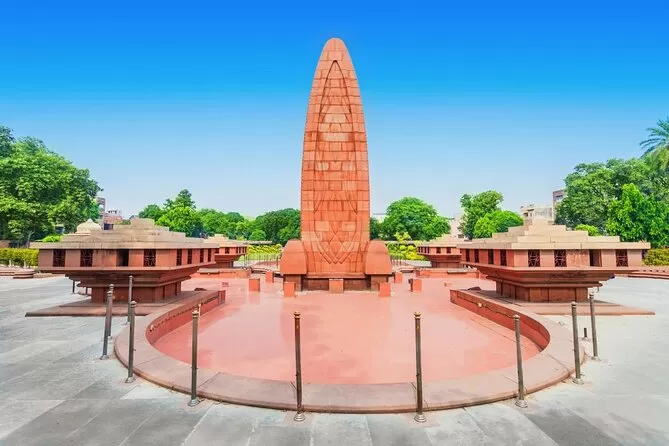
Jallianwala Bagh:
This is a public garden that commemorates the massacre of hundreds of unarmed civilians by the British troops on April 13, 1919. It has a memorial wall, a well, a museum, and a sound-and-light show that depict the tragic event and its aftermath.
Partition Museum:
This is a museum that showcases the stories and experiences of millions of people who were affected by the partition of India and Pakistan in 1947. It has exhibits, artifacts, documents, photographs, audio-visuals, and interactive displays that narrate the history and impact of the partition.
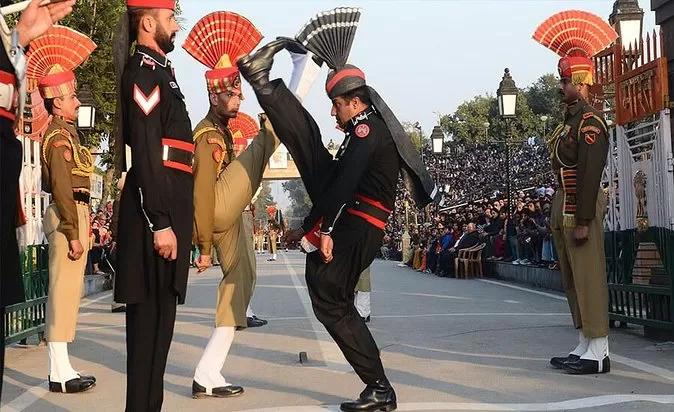
Wagah Border:
This is the border between India and Pakistan that hosts a daily ceremony of lowering the flags by both countries’ soldiers. It attracts thousands of spectators who cheer and chant patriotic slogans while witnessing the display of military drill and cultural performance.
The Golden Temple is more than just a temple. It is a symbol of faith, harmony, service, and beauty. It is a place where you can experience the divine presence, the human compassion, and the cultural diversity. It is a place where you can find peace, inspiration, and joy.
We hope you enjoyed this article and found it useful. Please share your feedback or questions in the comments section below. Thank you for reading!






